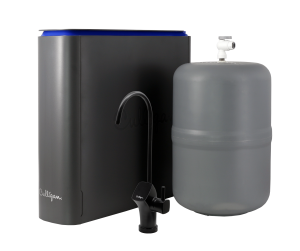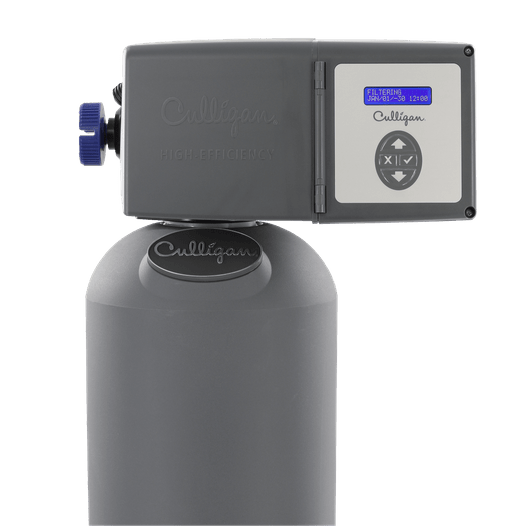Mercury In Your Water
Mercury has a complicated reputation in the public conscious, partly because there are two distinct kinds of mercury that are discussed regarding mercury pollution in general, and mercury in water.
The first is organic mercury, which occurs naturally in the environment and comes from sources like volcanic activity and other natural off-gassing processes. Where things get complicated — and potentially hazardous for humans — is the second kind: inorganic mercury.
Inorganic mercury refers to natural mercury compounds that have been altered through industrial or other man-made processes.
These can be more harmful and appear in higher concentrations than other forms of organic mercury. Inorganic mercury also accumulates in organisms over time, which is why mercury contamination is a concern when consuming fish and other seafood. Mercury, in either form, is a neurotoxin.

Mercury is naturally found in the environment. However, with the advancement of industry, more inorganic mercury has found its way into aquatic ecosystems through mining as a byproduct of coal-fired power plants and other manufacturing that uses heavy metals. Mercury can also be introduced into water systems through improper waste handling. For example, batteries and other forms of electronic waste can leach mercury into water.
While some amount of naturally-occurring mercury in water is normal and not detrimental for consumption, the EPA has set the maximum level of mercury concentration for safety at 0.002 mg/L or 2 ppb (parts per billion). The concern with mercury is that — much like lead — it can be nearly impossible to detect in your water.
With no obvious smell or taste, most of us rely on our local water municipality to monitor mercury levels and alert us if there’s a problem.
Protecting Against Mercury Contamination
If you find that you have higher-than-average mercury in your water, or you live in an area that might be higher-risk (homes using well water near agricultural areas may be more susceptible to mercury contamination, for example) there are several effective options to ensure your water is safe to drink and use around your home.
Filtering your water is a great start to ensuring its safety, however, not all water filtration systems are designed to address specific contaminants like mercury. In order to be effective against mercury pollution, you’ll want to make sure the filtration system you choose uses either reverse osmosis or micro-filtration technology.
Solutions
Suggested Products

The Aquasential® Smart Reverse Osmosis Water Filter (RO)
- 7 stages of filtration and 12 filter options
- Certified for reduction of 58 contaminants
- 2-in-1 sediment and carbon filter screens out sediment and particles
- Can alert you and your dealer when service or filter replacements are needed

Aquasential™ Smart High Efficiency Whole House Water Filters
Reduce sediments in your water and contaminants that cause your water to appear, taste, and smell unpleasant. Your system can also lessen the taste and odor of chlorine, and prevent pipe damage and staining from low pH water. Additional customizations include:
- Culligan® Filtr-Cleer® Water Filters – Reduces Sediment Problems
- Culligan® Cullar® Water Filters – Reduces Taste and Odor Problems
- Culligan® Cullneu Water Filters – Reduces Acid Problems

Facebook